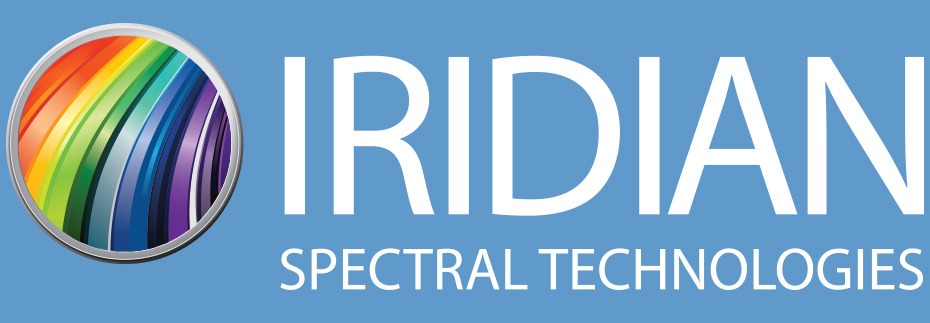Infrared (IR) sensing is a critical technology with wide-reaching applicability. It is used to detect and measure the IR radiation emitted by objects and environments without direct contact or visible light. Since heat is the most common source of IR radiation, it is often associated with thermography and thermal imaging. Defense and security applications first pioneered the use of optics to detect thermal emissions, yielding tactical thermal imagers that could visualize an area in low light and poor visibility conditions. The intrinsic value of IR sensing was self-evident, and thermal sensing was quickly adopted in a host of other markets. Today, IR technologies are used for part inspection in industrial process control; proximity sensing in warehouse robotics, and anonymised people counting; secure data communications; and so much more. However, designing optical IR sensing solutions is not without its challenges.
Needs and Challenges of IR Imaging Filters
The broad array of IR sensing applications creates complex and diverse demands. However, all IR devices – from gas leak detectors to IR spectrometers – require imaging filters designed to transmit desired wavelengths selectively. Hence it is essential to address the unique challenges associated with IR filter optical design.
One of the primary requirements when designing effective IR imaging filters is wavelength selectivity, which involves achieving high transmission in desired bands while maintaining deep and broad blocking in unwanted bands. This ensures that the filtered light captures only the relevant information, thereby maximizing the efficiency and accuracy of the imaging system, enhancing signal-to-noise ratio.
Signal-to-noise ratio is crucial for all applications, as it directly impacts the quality and clarity of the captured data. To achieve a higher signal and reduced background noise, optical filters must be meticulously designed and manufactured to optimize the transmission of desired wavelengths while minimizing the interference from undesired wavelengths. It is important, however, to consider the active range of the detector used in an IR sensing system, as this defines the blocking wavelength range. Filter requirements that extend outside of the detector range serve no functional purpose and only add unnecessary complexity and cost.
In addition, IR imaging filter design must consider the use of different material sets for various applications. The materials used in filters can vary significantly across the broad IR spectrum, necessitating the selection of appropriate materials based on the specific requirements of each application. This presents a challenge for filter designers, as they must balance the performance, cost, and manufacturability of these diverse material sets.
Finally, robustness and reliability in extreme environments are essential for IR imaging filters. Components must be designed to withstand an array of environmental conditions, from temperature fluctuations and humidity to mechanical stresses and exposure to harsh chemicals. To ensure long-term reliability and performance, filter designers must carefully consider the materials, manufacturing processes, and testing methods employed in producing these critical optical components. Overall, addressing these needs and challenges is crucial for developing high-quality IR imaging filters that meet the demands of various applications and environments.
Iridian’s Approach to IR Imaging Filter Design
With a wealth of experience since 1998, Iridian has been able to tackle the challenges of IR sensing optical design. We have integrated automation into our processing and handling, reducing costs and increasing efficiency. Additionally, our reflexive approach to manufacturing ensures high-performance filters with precise specifications.
We have expanded the capabilities of energetic magnetron sputtering to work up to approximately 10 microns, allowing us to address applications in thermal imaging and other longwave infrared spectroscopic applications. We have also implemented evaporative coating technology to push the wavelength limit beyond 10 microns, up to as high as 15 microns.
The broad range of applications that we serve allows us to adopt different approaches to meet customer requirements. This expertise in various sectors and processing requirements enables us to provide tailored solutions for each application. As a result, we continue to be a leader in addressing the challenges of IR sensing optical design.
If you would like to learn more, simply contact a member of the Iridian team today.

